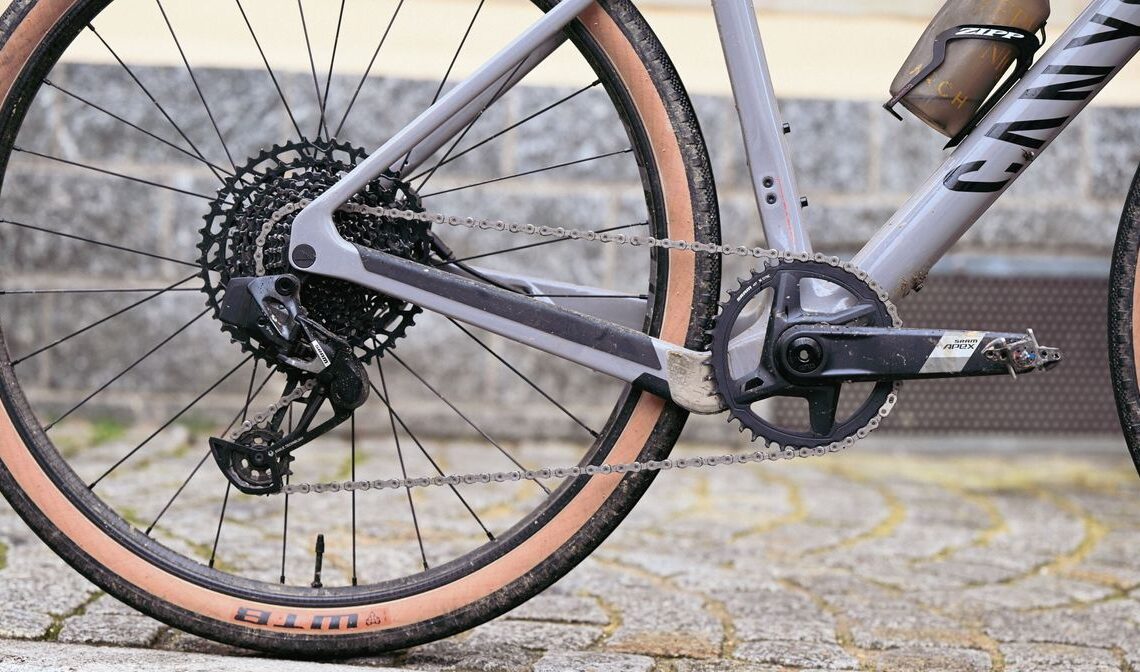All bikes with the exception of penny-farthings are geared between the crankset and the rear wheel. Most bikes will include a range of gears, so that you can choose one appropriate to where you’re riding – a lower, easier gear for climbing a hill and a higher, harder one for riding on the flat or downhill.
So far, so simple, but things rapidly get more complicated when you consider how gears work and the different systems available. It’s even more complex when you take into account compatibility (or lack thereof) between different brands.
Gears form part of a groupset, which also includes brakes and brake levers. Brands will sell a hierarchy of groupsets, with more money in general buying you a greater number of gears, better designs and lower weight.
In this guide, we’ll go through how different gear systems work, how to operate them, as well as providing a brief overview of how to maintain your bike’s gears and when parts might need replacing.
Derailleur gears
The majority of bikes use a derailleur gear system. This comprises a series of sprockets with a range of sizes attached to the rear hub, which form a cluster called a cassette. In modern systems, the freewheel system is built into the wheel but in lower spec or older bikes it forms part of the gear cluster.
The bike’s chain runs through a rear derailleur which hangs below the rear axle and moves laterally across the cassette in response to the rider’s input. As the derailleur pushes the chain to the side, this derails from its current sprocket and skips to a larger or smaller one.
The derailleur has a sprung mechanism which holds of a pair of jockey wheels and keeps the chain taut regardless of which sprocket has been chosen. The sprockets are typically engineered with small ramps and clever tooth profiles that promote fast, smooth shifting.
Changing between sprockets changes the gear ratio, the number of turns that the rear wheel makes for every turn of the cranks. Shifting to a larger sprocket makes riding easier, while shifting to a smaller sprocket makes it harder.
The cassette may include anything between seven and 13 sprockets, depending on the groupset model.
In addition to the rear derailleur, many bikes have a front derailleur and include two or three different size chainrings, although single chainring set-ups (often called one-by or 1x) are common on mountain…
Click Here to Read the Full Original Article at CyclingNews RSS Feed…

